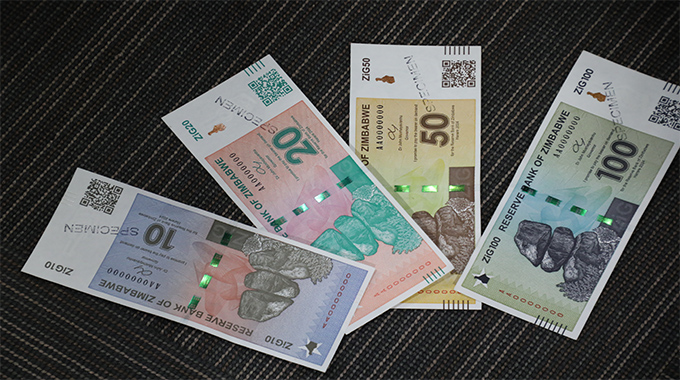Dollar, yen lead gains
market moves for the months leading to December.
Slow fiscal integration in Europe could push volatility to levels and also affect the euro to the downside and sink commodities and emerging market currencies. The markets need a cushion from the central banks and political leaders as they look at how the ECB will respond on their October 6 meeting on rate outlook and growth forecast issues.
The twin stories driving the markets are still the European debt crisis and fears of a global economic downturn. Given the global risk aversion, markets have become so cautious and this has really helped the dollar and yen as the markets seek haven in the currency markets. The euro has dropped by 7,7 percent to US$1,3387 from 1,4502 on June 30, while the yen has advanced by 4,4 percent to 77,06 from 80,56 against the dollar. Bearish data on economies in Europe and China added concerns that the world will tilt into another recession, while a deadly combination of economic data show the US is heading for recession as well. Fiscal woes in and around Europe are also weighing on currencies and equities and as slowdown continues any type of concern tends to lead investors to higher ground in the dollar and yen.
The demand outlook is bad especially with these global concerns in terms of the currency and commodity markets. At the moment the markets are being held hostage by growth concerns forcing traders and investors to reduce their net long positions in industrial metals, oil and agriculture commodities, while buying more gold. The outlook in the euro has been bad and there’s has been no good news coming out of the eurozone for the past six months let’s hope this week’s meeting brings some confidence in the eurozone. The dollar has been the pleasure currency and that has pushed investors to buy more of the dollar against its 16 major trading partners. Overall, the dollar is making some significant gains against the euro. In Switzerland the Swiss franc strengthened against the euro even after the central bank said it would prevent currency gains. The Swiss central bank president, Phillip Hildebrand, said the central bank would defend currency cap on the franc by all measures. The franc gained 0,6 percent to trade at 1,2157 per euro. In London British Prime Minister David Cameron is under pressure to come up with a credible strategy to revive the British economy. The economy has been experiencing a series of poor economic data as that has weighed so much on the sterling pound. This week sees the Bank of England meet to address their rate outlook and focus on a headline inflation that has been stubborn for months now. Quantitative easing could be on the agenda to try and boost the British economy.
The pound strengthened as consumer sentiment increased in the month of September. The pound gained 1,1 percent to 86,08 pence per euro and gained 0,3 percent to trade at 120,38 against the yen. The pound was little changed at US$1,5632 erasing a drop of 0,6 percent against the dollar. The New Zealand dollar slid for a third day against the dollar to 76,72 US cents from 77,10 cents. The debt issues offshore have weighed so much on the currency and further stress in the global financial markets also did the damage for currency as this could hamper New Zealand funding ability.
African markets
Growth-linked South African currency, the rand, slumped as slowdown continues. The rand has lost 22 percent to 8,1926 per dollar from 6,7693 per dollar since August. Financial stress and risk aversion are weighing on the rand. The trade gap has narrowed on disappointing household spending data from the US and Germany where South Africa exports some of their products. As long as the euro remains weak and the dollar stronger the rand will surely have a tough time ahead damping demand for high-yielding assets. At the moment all growth linked currencies need support from the eurozone as they are riding on bad news from the eurozone which has pushed them to further weaken.
Commodity Markets
Crude oil dropped by 3,6 percent after Chinese Purchasing managers’ index fell for third month while German retail figures declined and the US consumer spending slowed. Crude oil fell to US$79,20 a barrel. Demand outlook as pointed out earlier is weakening and it is evident in the current slowdown in all three big economies. In the short term the market will react to every headline coming from Europe on the debt crisis and every bit of economic data from the US.
l Contact Prodigy Chinanga on 0772753594 or email [email protected].







Comments